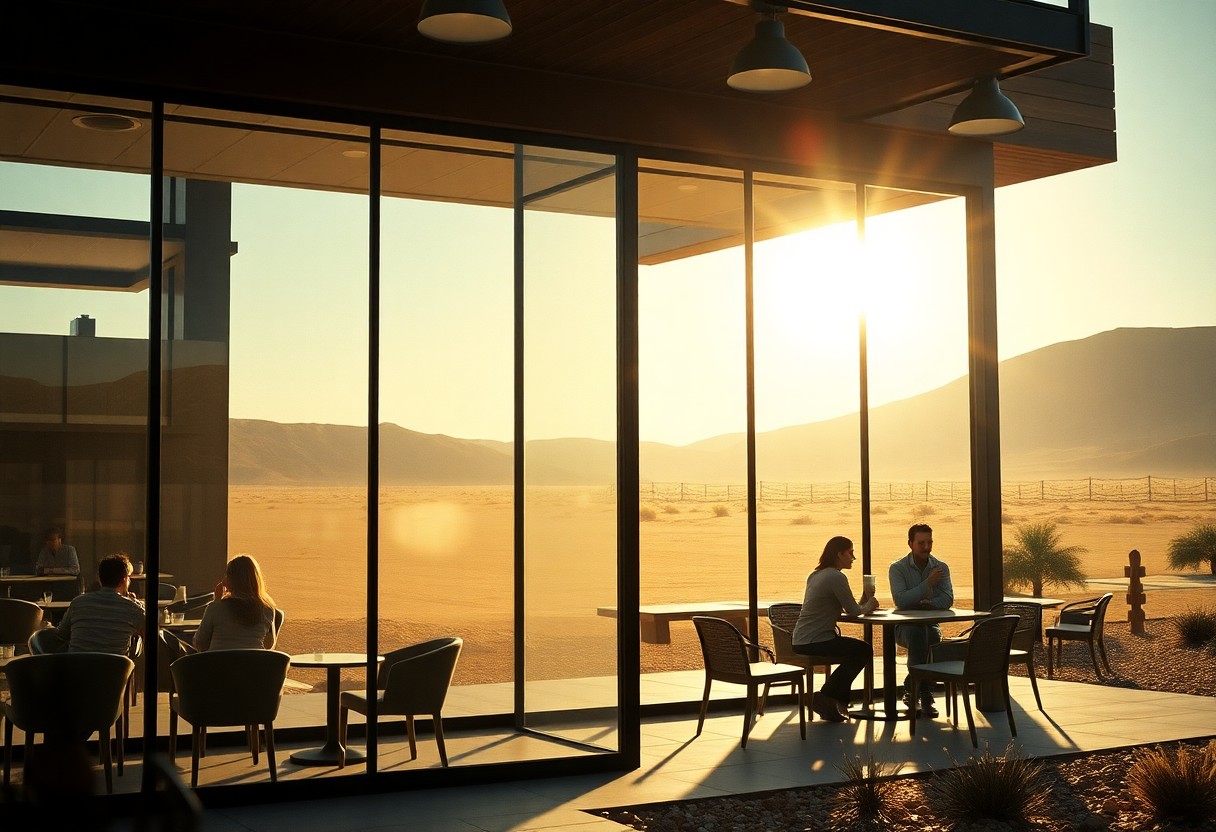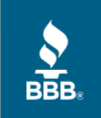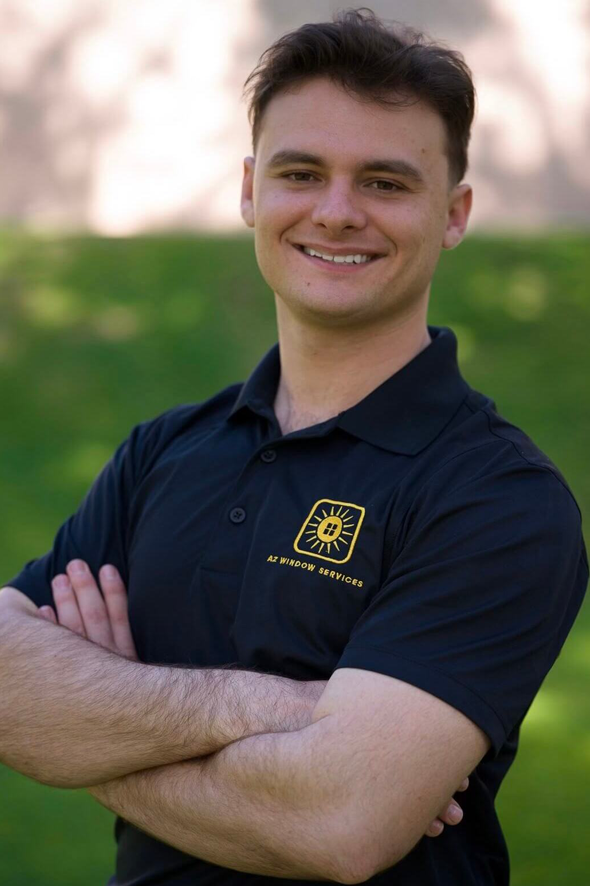There’s an innovative solution redefining how you approach window privacy and aesthetics in Komatke: smart film technology. This cutting-edge material not only offers you enhanced privacy at the touch of a button but also transforms your living spaces with modern style. By adjusting the transparency of your windows, you gain the power to control light and visibility effortlessly, paving the way for a more comfortable and stylish environment.
Understanding Smart Film Technology
Smart film technology is revolutionizing window treatments by providing a blend of privacy, energy efficiency, and aesthetics. You can transform ordinary glass into a dynamic element that adjusts transparency and opacity at the touch of a button, making it suitable for homes and commercial spaces. This technology enhances comfort and style, allowing you to control light and visibility while maintaining an elegant atmosphere.
Definition and Functionality
Smart film, often known as switchable film, is a laminate material that changes its optical properties based on electrical stimulation. When powered, it can switch between clear and opaque states, offering instant privacy control and sun protection. This allows you to customize your environment according to your needs, improving energy efficiency and comfort in your space.
Types of Smart Films
Several types of smart films exist, catering to different applications and preferences. These include polymer dispersed liquid crystal (PDLC), electrochromic, and thermochromic films. Each type offers unique characteristics, such as varying levels of control and energy efficiency, allowing you to choose the best option for your requirements. The diverse range enables customization for both residential and commercial uses.
| Type of Smart Film | Description |
|---|---|
| PDLC | Switchable films that change from transparent to opaque via electrical current. |
| Electrochromic | Films that change color or opacity in response to an electric current. |
| Thermochromic | Films that respond to temperature changes, adjusting their opacity accordingly. |
| Photochromic | Films that darken when exposed to UV light and clear when away from it. |
| Self-adhesive | Easy-to-install options that allow for quick upgrades to existing windows. |
- PDLC films offer instant privacy with a simple switch.
- Electrochromic films can be programmed for energy savings.
- Thermochromic films are ideal for climate control.
- Photochromic films provide a dynamic response to sunlight exposure.
- Perceiving the advantages helps you make informed choices for your space.
Upon exploring the types of smart films, it’s evident that each type has specific benefits suited for different scenarios. For instance, PDLC films are preferred for offices seeking privacy, while electrochromic films are typically used in luxury residential applications for energy efficiency. Your selection should be guided by your privacy, control needs, and desired aesthetic. These films truly offer versatility and functionality.
| Applications | Details |
|---|---|
| Residential | Homeowners can enjoy privacy and energy savings with smart windows. |
| Commercial | Businesses can enhance customer experience while controlling glare. |
| Automotive | Smart films improve safety and comfort in vehicles. |
| Healthcare | Hospitals use them for patient privacy and to minimize distractions. |
| Hospitality | Hotels enhance guest experience with customizable privacy options. |
- Residential applications focus on comfort and aesthetics.
- Commercial spaces benefit from flexibility and branding opportunities.
- Automotive solutions offer improved privacy for passengers.
- Healthcare environments support patient comfort and confidentiality.
- Perceiving these functional aspects can enhance user experience significantly.

Applications of Smart Film in Komatke
Smart film technology offers diverse applications in Komatke, enhancing both residential and commercial spaces. Its capacity to switch between transparent and opaque states provides tailored solutions for changing privacy needs while also contributing to energy savings. You can find smart film integrated into homes, offices, and commercial venues, showcasing its versatility and practicality in various environments.
Residential Use
In residential settings, smart film can transform your living space by providing instant privacy at the touch of a button. You can apply it to large windows, sliding doors, or even bathroom glass, ensuring that you enjoy natural light while maintaining seclusion from prying eyes. This technology not only enhances your home’s aesthetic appeal but also helps in energy conservation.
Commercial Use
For commercial properties in Komatke, smart film serves as an effective solution for dynamic privacy management and branding opportunities. Businesses can easily create private meeting spaces, protect sensitive areas, and even project promotional materials directly onto the glass. This adaptability allows for optimal use of space while maintaining a professional environment.
Many businesses, like local hotels and corporate offices, have adopted smart film to enhance guest experiences and employee productivity. By installing smart film in windowed conference rooms, you can transform the space for presentations or brainstorming sessions by shifting from transparent to opaque. Furthermore, retailers are using smart film for digital displays, attracting customers with vibrant visuals that can be changed frequently. This adaptability not only elevates your brand’s visibility but also improves energy efficiency, demonstrating an informed commitment to modern, sustainable practices.
Benefits of Smart Film Technology
Smart film technology offers numerous benefits, transforming windows into multifunctional elements of your space. From enhanced privacy and energy efficiency to aesthetics, this innovative solution allows you to enjoy daylight without compromising on personal space or comfort. With its ability to adapt to different lighting conditions, smart film empowers you to create a dynamic atmosphere tailored to your needs.
Privacy Enhancement
With smart film, you gain unparalleled control over your privacy. At the touch of a button, the film transitions from transparent to opaque, shielding your indoor space from outside view while allowing natural light to filter in. This flexibility ensures that whether you need to block prying eyes during the day or enjoy complete privacy at night, your environment remains comfortable and secure.
Energy Efficiency
Smart film technology enhances your energy efficiency by regulating temperature and reducing reliance on heating and cooling systems. By blocking harmful UV rays and minimizing solar heat gain, the film helps maintain a balanced climate within your home or office, potentially lowering energy costs by up to 30%.
This reduction in energy consumption not only benefits your wallet but also contributes to environmental sustainability. For instance, by installing smart film, you can decrease your air conditioning usage significantly on hot days, leading to lower electricity bills and a smaller carbon footprint. Furthermore, you’ll maintain a pleasant indoor temperature without compromising natural light, creating an inviting atmosphere year-round.
Aesthetic Considerations
Smart film technology not only enhances privacy and energy efficiency but also elevates the aesthetic appeal of your home’s design. This advanced solution allows you to seamlessly blend functionality with style, ensuring that your living spaces don’t compromise on visual elegance. With a variety of designs and functionalities available, you can choose smart films that complement your existing décor, adding a modern touch to any room.
Style Options
You have a wide range of style options when it comes to smart film technology, allowing you to match your personal aesthetic. From frosted finishes that provide a soft, diffused light to sleek, clear films that maintain transparency while still offering privacy, the choices cater to various tastes and design schemes. You can customize colors and patterns, making it easy to find a perfect fit for both contemporary and traditional interiors.
Integration with Interior Design
Integrating smart film technology into your interior design is about more than function; it’s about creating a cohesive look throughout your home. You can place smart films in rooms that require specific atmosphere adjustments, like turning a sunny reading nook into a cozy, glare-free retreat. The versatility of smart films allows you to easily switch between opaque and transparent states, enhancing mood lighting and privacy as needed.
For optimal integration, consider the overall color palette of your interiors and choose smart films that harmonize with furniture and decor. For instance, pairing a light frosted film with neutral walls can create a serene aesthetic while maintaining a sense of openness. Additionally, strategically placed smart films can enhance features like artwork or architectural elements, drawing attention to them without sacrificing practicality. The ability to customize patterns ensures that smart films work in tandem with your design vision, providing both privacy and style that resonates with your living environment.
Challenges and Limitations
While smart film technology offers a range of benefits, it also presents certain challenges and limitations that homeowners in Komatke should consider. Understanding these factors can help you make informed decisions about whether this innovative solution fits your needs.
Cost Implications
Smart film installations can be expensive, often involving a significant initial investment. Depending on the size of your windows and the complexity of the installation, costs can range from $50 to $100 per square foot, making budgeting a vital part of the planning process.
Technological Limitations
Despite its advantages, smart film technology can have limitations in terms of performance and functionality. For example, the effectiveness of electrochromic films can reduce under extreme weather conditions, potentially affecting their ability to transition between clear and opaque states efficiently.
In climates with high temperatures or excessive humidity, smart films may take longer to respond, which could be an inconvenience for homeowners seeking immediate privacy solutions. Additionally, the lifespan of smart films typically ranges from 10 to 15 years, suggesting a need for eventual replacement and ongoing maintenance. If you’re considering smart film for its energy-efficient properties, keep in mind that the insulating capabilities might not be on par with traditional double-glazing techniques. Understanding these limitations is important for making the right choice for your window treatment options.
Future Trends in Smart Film Technology
As smart film technology advances, you can expect a surge in novel applications and enhanced functionalities tailored for modern living. Innovations focusing on sustainability and energy efficiency are set to dominate, with films that not only adjust opacity but also generate electricity through solar collection. These advancements will ensure your windows do more than just provide a view; they will actively contribute to environmental goals.
Innovations on the Horizon
Upcoming innovations in smart film technology involve integrating artificial intelligence, allowing films to respond dynamically to environmental changes. For instance, windows may soon adapt their tint based on real-time weather data or your daily schedule, providing personalized comfort and optimizing energy usage throughout your home.
Market Growth Predictions
The smart film market is poised for substantial growth, projected to reach over $5 billion by 2025. Increasing demand for energy-efficient buildings and privacy solutions will drive this trend, with commercial sectors leading investment. Residential applications are also expected to flourish as homeowners seek modern solutions to enhance convenience and aesthetics.
Market analysis reveals that North America will dominate smart film technology growth, driven by innovative construction practices and a strong focus on sustainable living solutions. As energy regulations tighten, residential users will increasingly adopt these technologies, fostering a significantly higher market share in the coming years. The availability of various styles and functionalities will encourage consumers to embrace smart films, making it an attractive option for both new constructions and renovations. This trajectory indicates that you can expect more competitors entering the market, enhancing product quality and reducing prices in the near future.
Conclusion
On the whole, smart film technology in Komatke represents a significant leap toward enhancing your window privacy and style. By allowing you to control transparency and light levels at your convenience, this innovative solution transforms how you interact with your living spaces. You can achieve a modern aesthetic while ensuring your personal privacy, making smart film an crucial addition to your home or office. Embrace this cutting-edge technology to elevate your environment, providing both function and flair that fits your lifestyle.





